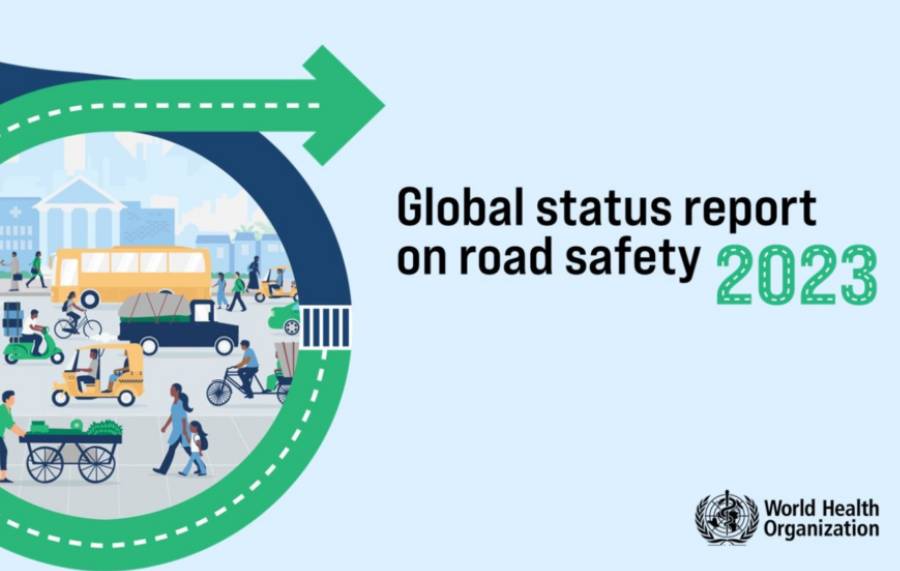Summary of the Global Status Report on Road Safety Highlights Key Findings Related to Road Traffic Deaths and Injuries
Overall Trends: There were an estimated 1.19 million road traffic deaths in 2021, representing a 5% decrease compared to 2010. Despite a significant increase in the global motor vehicle fleet, expanded road networks, and a growing population, the slight reduction in deaths suggests that effors to improve road safety are making progress but fall short of meeting the United Nations Decade of Action for Road Safety 2021–2030 target to halve deaths by 2030.

Demographics of Road Traffic Deaths: Road traffic deaths and injuries remain a major global health and development challenge. They are the leading cause of death for children and youth aged 5 to 29 years and the 12th leading cause of death across all age groups. Two-thirds of deaths occur among people aged 15-59 years, causing significant health, social, and economic harm. More than half of fatalities involve pedestrians, motorcyclists, and cyclists.
Vulnerable Road Users: Pedestrians, cyclists, and motorcyclists remain exposed to danger. Nearly 80% of assessed roads do not meet a minimum 3-star rating for pedestrian safety, and only 0.2% of assessed roads have cycle lanes. Micro-mobility modes, such as e-scooters, account for 3% of deaths.
Regional Disparities: Nine in 10 deaths occur in low- and middle-income countries, with low-income countries facing the highest risk of death per population. The WHO South-East Asia Region reports the highest percentage of fatalities (28%), followed by the Western Pacific Region (25%).
Reductions and Increases: Reductions in the number of deaths were observed in 108 countries, with 10 achieving the 50% reduction target by 2021. However, 66 countries experienced an increase, particularly in the African Region, where there was a 17% rise in deaths since 2010.

Legislation and Risk Factors: Progress in implementing measures to mitigate the risk of death and injury, including enacting laws aligning with WHO best practices, has been modest. Only six countries have reached best practice legislation on five key risk factors: speeding, drink driving, motorcycle helmet use, and seatbelts and child restraint systems.
Safe System Approach: Countries that adopt the safe system approach to road safety, putting people and safety at the core of mobility systems, have shown the greatest gains. The European Region, with the highest concentration of countries following this approach, reported the largest drop in deaths (36%), followed by the Western Pacific Region.
The report emphasizes the need for increased political will, investment, and capacity to address the global road death and injury crisis effectively.
